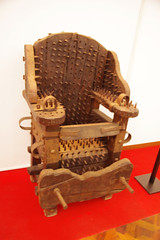
PREV ARTICLE
NEXT ARTICLE
FULL ISSUE
PREV FULL ISSUE
NUMISMATOURIST HOWARD BERLIN VISITS BUDAPEST, BELGRADE AND ZAGREB
Howard Berlin is on the road again, and he filed this report for readers of The E-Sylum. Thanks! Great photos.
-Editor
Your humble Numismatourist has just returned from his first trip of the 2011 travel season and was fortunate to have visited three numismatic venues – one that was unexpected. When in Budapest, there was a short run exhibition of the gold treasure of Košice at the Hungarian National Museum. Located on the city's "Buda" side of the Danube, the treasure is being displayed in the museum's Strong Room, where the coronation mantle is normally kept. The hoard, regarded as one of the 20th century's most sensational finds, consists of 2,920 gold coins, three medals, and a 2-meter gold chain. These were found in 1935 in a copper casket during the renovation of the Košice's Financial Directorate's building. It is thought that it was probably hidden by a high ranking Habsburg administration official. 85% coins are Hungarian, Transylvanian, and Dutch, but there are also Bohemian, Silesian, Polish, German, Danish, Swedish, Italian, Austrian, Salzburg, and Spanish issues. The oldest coins are the gold florins of the Hungarian king Sigismund of Luxemburg, minted between 1402 and 1404. The "newest" are ducats of King Leopold I, minted in Kemnica in 1679. The most valuable item of the hoard is a unique 1541 medal of Ferdinand I.
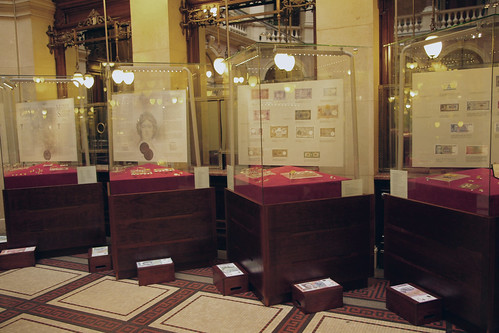
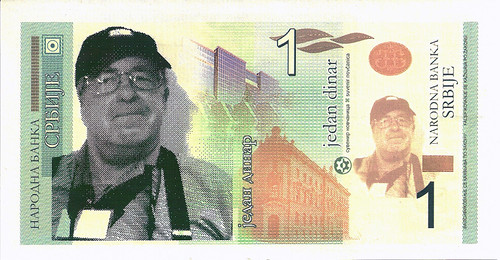
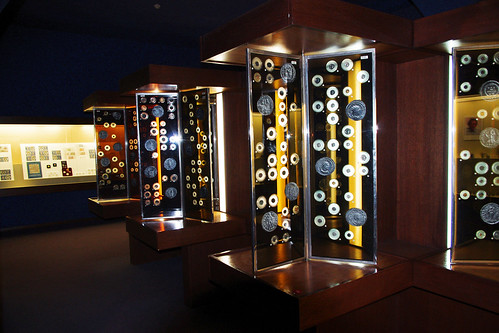
This torture (I guess this would have to be defined as such by Obama and the Supreme Court) would last several hours and the tormentor heightens the pain by striking the victim's limbs or other methods, i.e., pliers, etc. One of the museum's highlights is what is called the "Zagreb Mummy," which was discovered in Egypt in the 19th century and carried back to Yugoslavia by a traveler. The Zagreb Mummy was found to be wrapped in a linen book printed with the longest only existing Etruscan text. It is mostly untranslated, as such little knowledge of the language exists. However, it is believed to be a ritual calendar. Next trip is in May: Milan, Genoa, Bologna, and San Marino (several numismatic venues here in the world's oldest sovereign state)
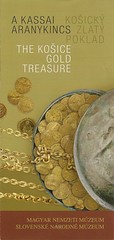 Coincidentally, Dave Hirt mailed me something a week or so ago about the exhibit in Budapest. With my computer problem I didn't have time to scan and publish it, but this is a great opportunity.
-Editor
Coincidentally, Dave Hirt mailed me something a week or so ago about the exhibit in Budapest. With my computer problem I didn't have time to scan and publish it, but this is a great opportunity.
-Editor
Dave Hirt writes: In Budapest I viewed this numismatic gold hoard found in Slovakia in 1935. The condition of these coins was quite amazing. They looked like they were just minted. There were some very rare coins among them. It was quite enjoyable for me.
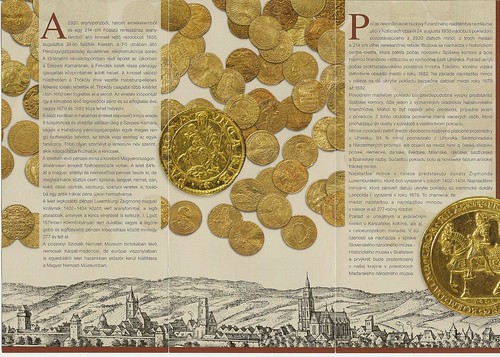
Wayne Homren, Editor The Numismatic Bibliomania Society is a non-profit organization promoting numismatic literature. See our web site at coinbooks.org. To submit items for publication in The E-Sylum, write to the Editor at this address: whomren@gmail.com To subscribe go to: https://my.binhost.com/lists/listinfo/esylum All Rights Reserved. NBS Home Page Contact the NBS webmaster 
|

